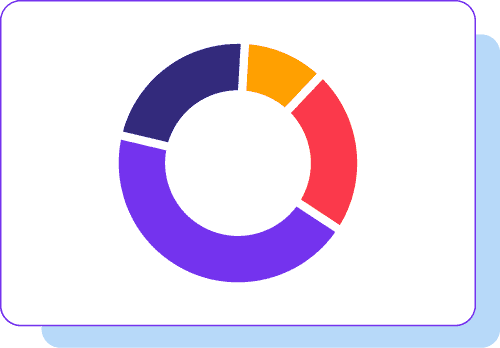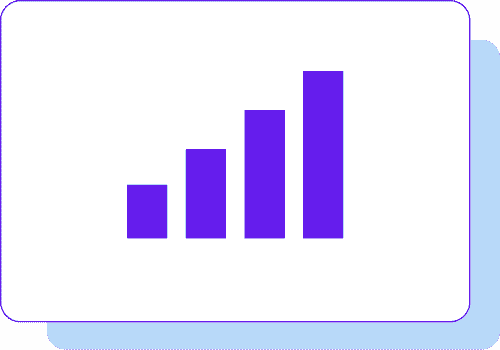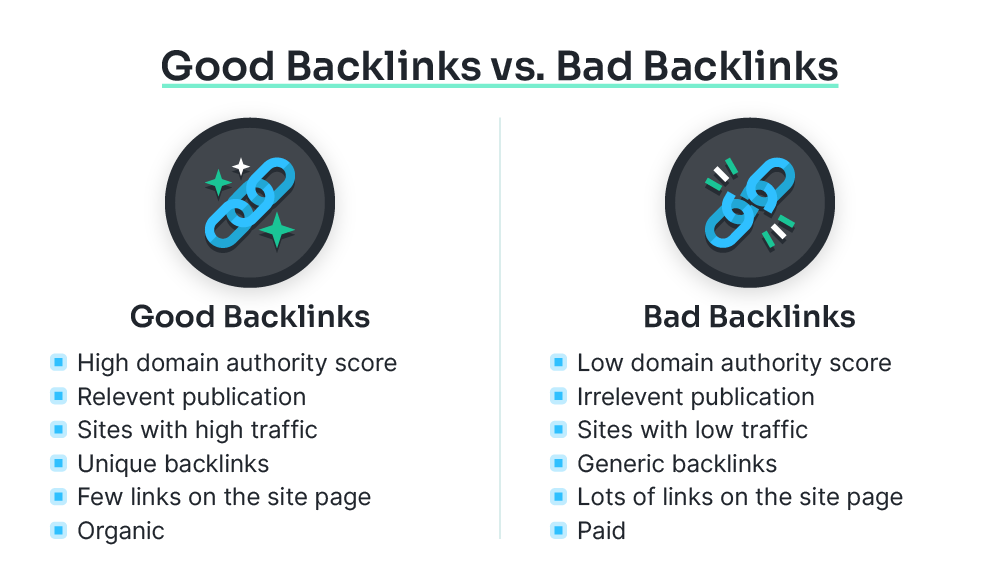



Web Development Trends in 2024: Gearing Up for a Hyper-Personalized, Immersive, and Secure Web





- admin
The web is not static. It’s a living, breathing entity constantly evolving to reflect the latest technologies and user expectations. As we stand at the precipice of 2024, several exciting trends are poised to reshape the web development landscape, making it more dynamic, personalized, and secure than ever before. Let’s delve into some of the key trends that will define the web in the coming year:
1. Hyper-Personalization Reigns Supreme:
Gone are the days of one-size-fits-all web experiences. Users crave curated interactions tailored to their individual preferences and past behavior. This is where AI and machine learning (ML) take center stage. Imagine a website that recommends products you’d love based on your browsing history, or automatically adjusts its layout and content based on your device and location. Hyper-personalization powered by AI and ML will become the norm, driving deeper engagement and conversions.
2. The Rise of the Internet of Behavior (IoB):
IoB takes personalization to a whole new level. It leverages advanced sensors and wearables to gather real-time data about a user’s physical and emotional state. Imagine a website that dims the lights and plays calming music when it detects you’re stressed, or automatically adjusts the difficulty of a game based on your heart rate. While ethical considerations remain paramount, IoB has the potential to revolutionize healthcare, education, and entertainment.
3. Headless CMS Goes Mainstream:
Headless CMS decouples the front-end presentation layer from the back-end content management system. This offers developers unprecedented flexibility to create custom user interfaces and deliver content across diverse platforms, from websites and mobile apps to AR/VR experiences. Expect to see headless CMS adoption skyrocket in 2024, empowering developers to build truly unique and engaging web experiences.
4. Micro Frontends Take Over:
Monolithic web applications are giving way to a modular approach with micro frontends. These independently developed and deployable UI components can be easily assembled to create larger applications. This modularity fosters faster development cycles, improved scalability, and easier maintenance. Look for micro frontends to become the go-to architecture for building complex web applications in 2024.
5. Mobile Optimization Reaches New Heights:
With mobile device usage surpassing desktop, optimizing for mobile experiences is no longer optional. Expect to see a surge in AMP (Accelerated Mobile Pages) adoption, making websites load lightning-fast on mobile devices. Additionally, responsive design will evolve to encompass a wider range of devices and screen sizes, ensuring a seamless user experience across all platforms.
6. GraphQL Gains Traction:
GraphQL is a query language for APIs that allows developers to request specific data they need instead of fetching entire datasets. This leads to faster loading times and more efficient data usage. As developers recognize the benefits of GraphQL, its adoption is expected to significantly increase in 2024, particularly for building complex web applications with multiple data sources.
7. The Metaverse Beckons:
The lines between the physical and digital worlds are blurring with the emergence of the metaverse. While still in its nascent stages, expect to see web development incorporating metaverse elements like virtual reality (VR) and augmented reality (AR) to create immersive and interactive experiences. Imagine attending virtual conferences, shopping in 3D storefronts, or collaborating with colleagues in real-time, all within the metaverse.
8. Zero Trust Architecture Takes Root:
With cyber threats on the rise, security remains a top priority. Zero Trust Architecture (ZTA) is a security model that assumes no user or device is inherently trustworthy and requires continuous verification for access. Expect to see ZTA implementation becoming more widespread in 2024, especially for protecting sensitive data and critical infrastructure.
9. WebAssembly Takes Flight:
WebAssembly (Wasm) is a binary compilation format that allows developers to run code written in languages like C/C++ and Rust in web browsers. This opens up new possibilities for building high-performance web applications, particularly for graphics-intensive tasks like gaming and 3D rendering. Look for Wasm adoption to accelerate in 2024, pushing the boundaries of what’s possible in web development.
10. No-Code/Low-Code Democratizes Development:
No-code and low-code development platforms are making it easier than ever for non-technical individuals to build websites and applications. These platforms provide drag-and-drop interfaces and pre-built components that eliminate the need for coding knowledge. Expect to see no-code/low-code development tools becoming increasingly sophisticated and user-friendly
Hi, I’m Jena Shnolder, the founder of GrowthNexusOnline. Check out these and many other tips in our blog!
Recent Posts



Boost Your Business with a Professional SEM Agency


The Ultimate Guide to White Label Link Building

Turn searchers into visitors and visitors into customers


One Reply to “Web Development Trends in 2024: Gearing Up for a Hyper-Personalized, Immersive, and Secure Web”
I don’t know how I ended up here, but I thought this post was excellent. I have no idea who you are, but you will become a well-known blogger very soon if you aren’t already. Salutations.